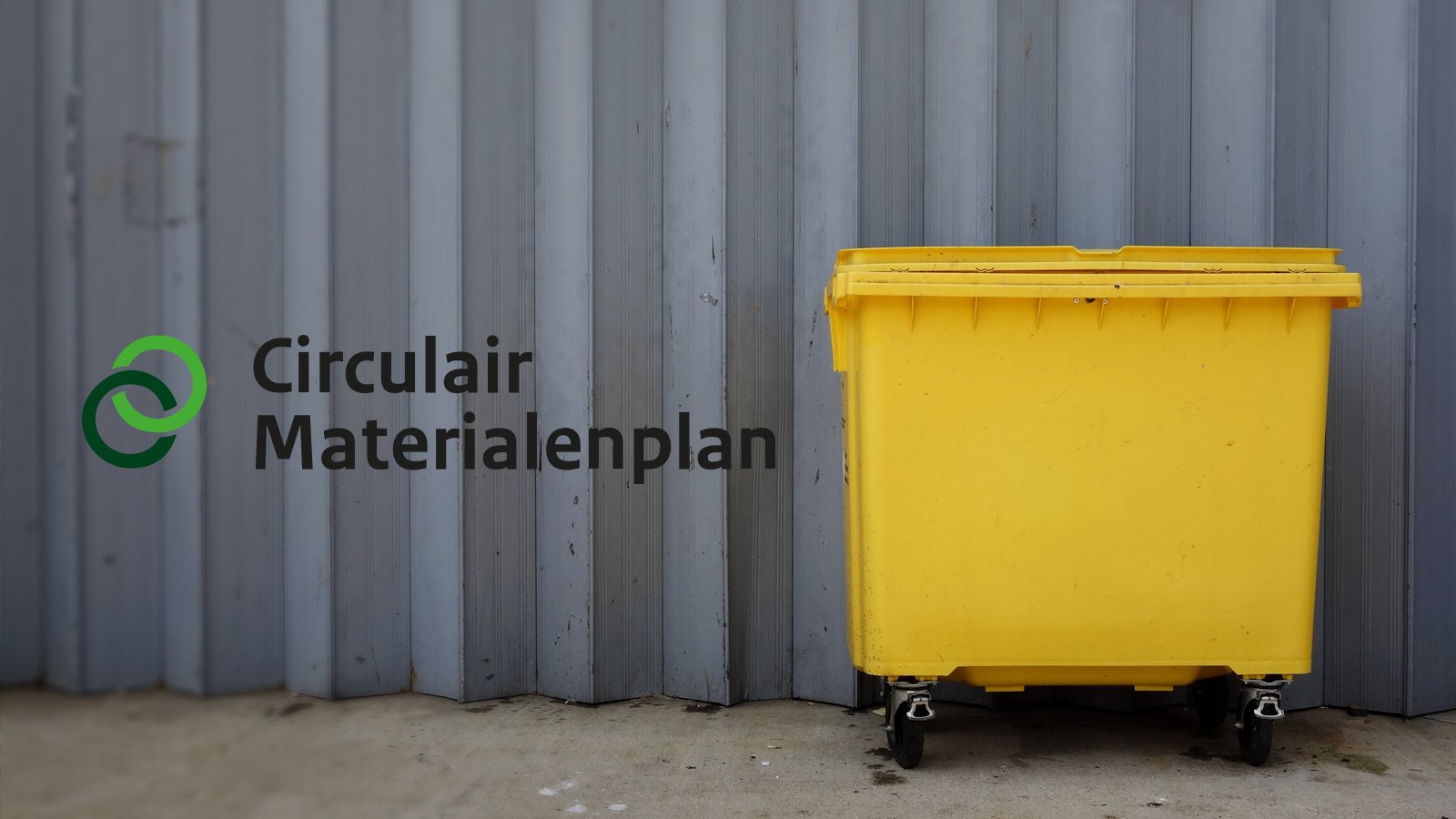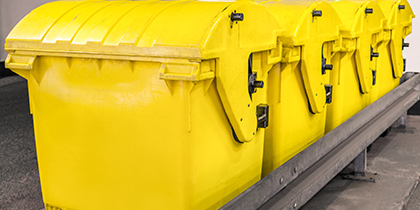The National Waste Management Plan 3, abbreviated LAP3, is a policy that helps the Netherlands manage waste streams in a sustainable and efficient manner. The plan plays an important role in the transition to a circular economy. LAP3 provides guidelines for different sectors and waste streams, and aligns with both national and European targets.
Purpose and scope of LAP3
One of the main goals of LAP3 is waste prevention. LAP3 also focuses on recycling and reuse, with specific targets for recycling rates. The plan also promotes sustainable waste management through initiatives that reduce the environmental impact of waste streams.
Development of LAP3
LAP3 is not the first waste management plan in the Netherlands. The development of this plan began with earlier versions: LAP1 and LAP2. LAP1 was introduced in 2002, followed by LAP2 in 2009. Each new plan builds on the lessons and experiences of the previous versions, adapting to changing circumstances and new insights. The transition from LAP1 to LAP3 shows an ongoing evolution in waste management policy, with increasing emphasis on sustainability and circularity. Therefore, the successor to LAP3, the Circular Materials Plan.
LAP3 Objectives.
LAP3 is in line with European waste management directives such as the EU Waste Directive and the Framework Directive for a Circular Economy. These directives set ambitious targets for recycling and waste prevention, and LAP3 translates these targets into national measures.
LAP3 has several key points and objectives that contribute to a more sustainable Netherlands.
Waste Prevention
Waste prevention is at the heart of LAP3. Some of the strategies and measures are:
- Promote product design that generates less waste
- Encourage reuse of products
- Information campaigns to make consumers aware of waste reduction
Recycling and reuse.
LAP3 is committed to high recycling rates and promotes reuse. This is done by:
- Setting ambitious recycling targets
- Working with industries to facilitate recycling
- Financial incentives for companies that recycle
Sustainable waste management
Sustainable waste management is another focus of LAP3. Initiatives include:
- Reducing the environmental impact of waste.
- Using technologies that make waste management more efficient
- Education and training for professionals in the waste management industry
Sectoral approach.
LAP3 takes into account the specificities of different sectors. Here are some examples:
- Construction: promoting demolition and construction waste recycling, and the reuse of building materials.
- Chemicals: reducing hazardous waste and promoting safe waste disposal.
- Agriculture: organic waste management and nutrient recovery.
Each sector will receive targeted measures and advice to meet LAP3 standards.
Innovative techniques.
LAP3 promotes the implementation of new techniques and methods, such as bioreactors for processing biodegradable waste, thermal depolymerization to convert plastic waste into oil, and advanced sorting facilities that improve mixed waste recycling. These innovative techniques are helping the Netherlands make faster progress toward a circular economy.
Challenges
The implementation of LAP3 also has challenges, of course. These include technological barriers, as not all new technologies are immediately applicable or affordable; economic costs, where the financial burden on businesses and government can be high; and behavioral change, as consumers and businesses must change their habits to produce less waste and recycle more.
Future developments
Starting in 2025, LAP3 will be replaced by the Circular Materials Plan 1 (CMP1). This new plan builds on the fundamentals of LAP3, but places even more emphasis on circular economy and sustainable material flows. CMP1 goes beyond waste management and focuses on the entire material use, from production to final product, to maximize circularity.
On course to a sustainable future
The National Waste Management Plan 3 plays a central role in the Netherlands' pursuit of a circular economy. LAP3 combines waste prevention, recycling, and sustainable waste management to promote a healthy and sustainable future. With innovative techniques and targeted sectoral approaches, the plan provides a comprehensive framework for effective waste management. The transition to CMP1 in 2025 will continue this journey, with an even greater focus on circularity and sustainability. Together, we can create a world where waste is a thing of the past and resources are optimized.
Staying up to date
Stay up to date on all new developments? Follow us on LinkedIn and Instagram or subscribe to the newsletter. Are you curious about what Milgro can do for your operations and waste process? Then get in touch.














